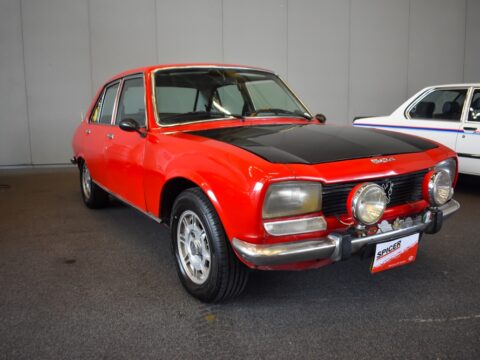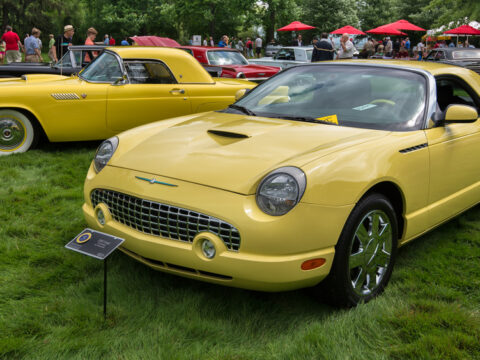While ultra-fast hypercars offer thrilling performance and breathtaking speed, they often come with compromises in comfort. These high-performance machines are designed with racing in mind, meaning certain features that enhance the everyday driving experience are sacrificed. From stiff suspensions to minimal storage space, the focus on speed often leaves comfort in the rearview mirror. Here are 17 common comfort compromises that drivers face in these extraordinary vehicles.
Contents
Stiff Suspension – McLaren P1
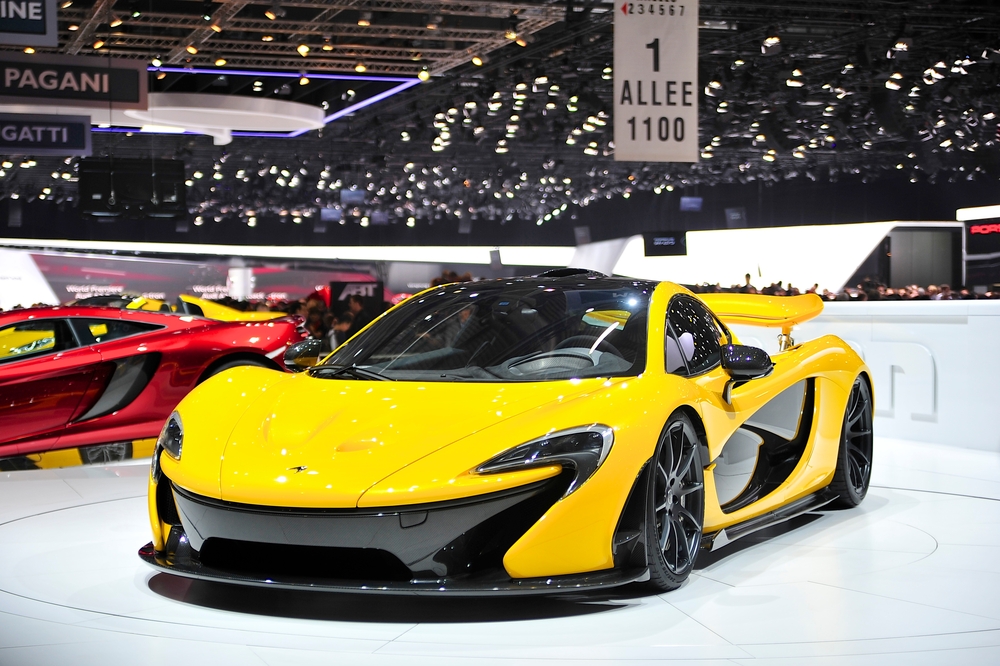
The McLaren P1’s suspension is designed for the racetrack, providing unmatched cornering ability. However, its stiffness results in a harsh ride on regular roads, where every bump and crack in the pavement is felt. While the advanced suspension enhances performance at high speeds, daily drives can feel jarring. The focus on optimal handling sacrifices comfort in normal conditions. It’s a perfect example of performance outweighing everyday usability.
Minimal Cabin Insulation – Bugatti Chiron

In the Bugatti Chiron, minimal sound insulation allows the powerful engine noise to fill the cabin. While exhilarating for those who love to hear the engine roar, it can become tiring during long trips. The lack of insulation helps reduce weight, but it also means that road noise and engine sounds are more prominent inside. This makes it less comfortable for extended driving sessions.
Cramped Seating – Ferrari 488 Pista
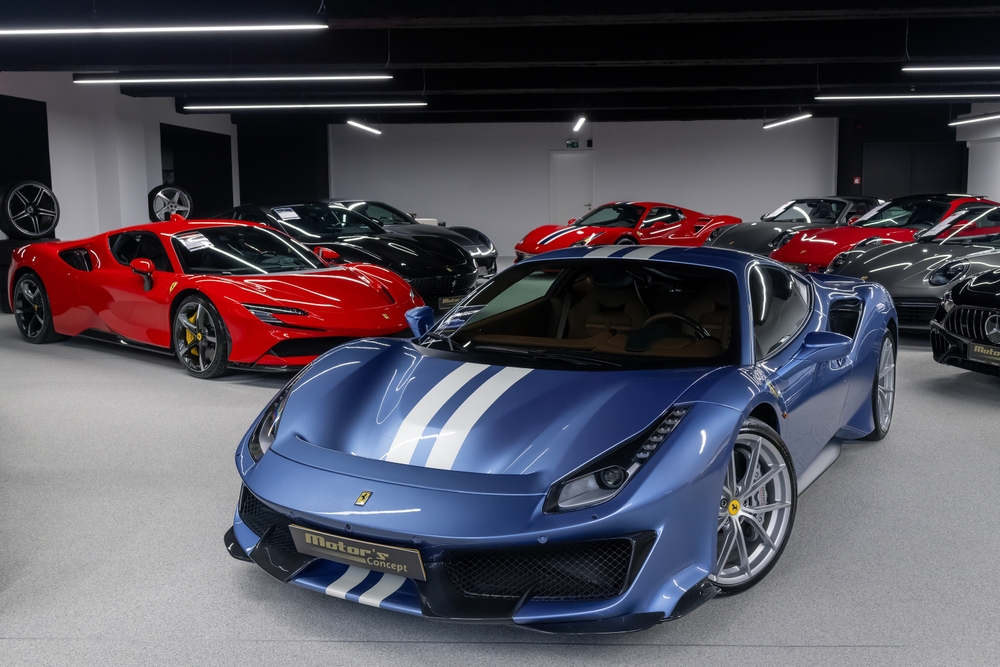
The Ferrari 488 Pista is a hypercar with a tight, compact cabin designed for performance. Drivers over six feet tall may find the seating cramped, especially during long drives. The racing seats are snug, prioritizing support over comfort, which can be uncomfortable over time. While great for securing drivers during high-speed maneuvers, the lack of space makes the interior feel claustrophobic.
Low Ground Clearance – Lamborghini Aventador

With its extremely low ground clearance, the Lamborghini Aventador is perfect for cutting through the air at high speeds but can be a challenge on everyday roads. Scraping over speed bumps and steep driveways becomes a constant concern. The low stance that enhances its aerodynamics compromises its practicality in urban settings. Drivers must remain vigilant to avoid damaging the undercarriage.
Limited Trunk Space – Porsche 918 Spyder
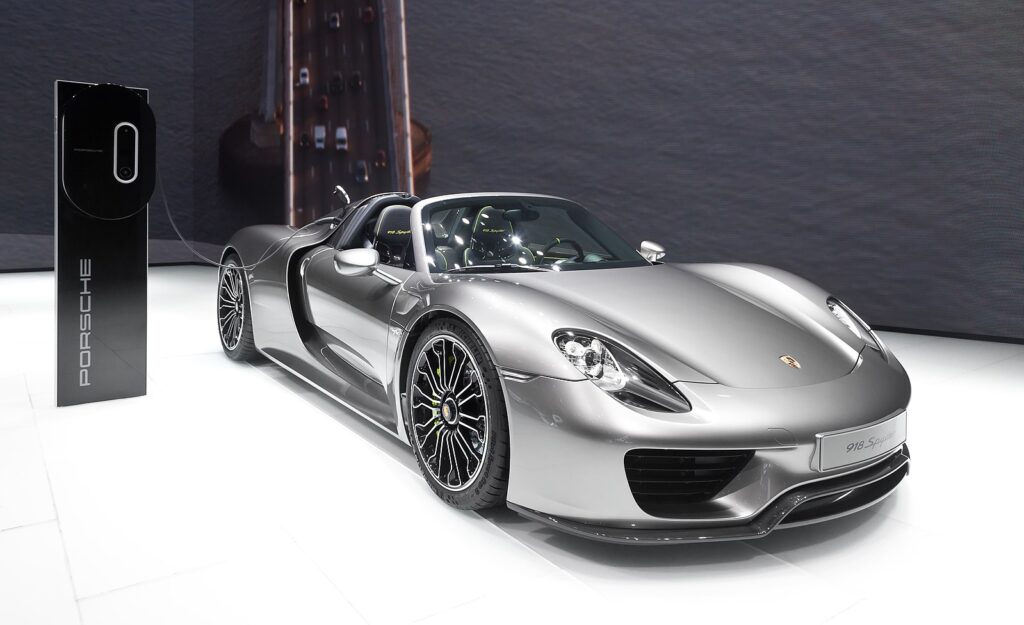
The Porsche 918 Spyder has a tiny trunk, providing just enough space for a small bag or a few essentials. This limited storage is due to the car’s focus on reducing weight and enhancing speed. As a result, long trips requiring luggage are impractical, as there is no space for larger items. While excellent for a quick, thrilling drive, the lack of trunk space significantly reduces convenience for day-to-day use. It’s a clear sacrifice for performance.
Harsh Exhaust Notes – Ferrari 812 Superfast
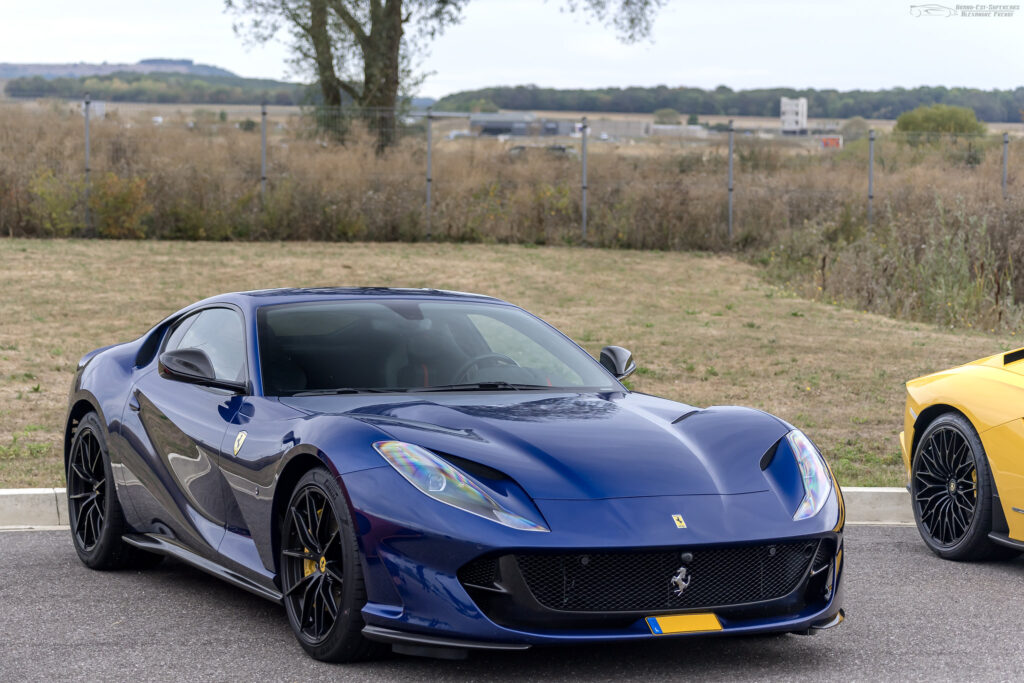
The Ferrari 812 Superfast produces one of the most aggressive exhaust notes in the hypercar world. While the deep growl of its V12 engine is thrilling on the track, it can become tiresome during longer drives or in traffic. The constant engine noise, especially at higher RPMs, can make conversations difficult and lead to driver fatigue. Though the sound is part of its charm, it detracts from the overall comfort during regular driving.
Hard-to-Access Interiors – Koenigsegg Jesko
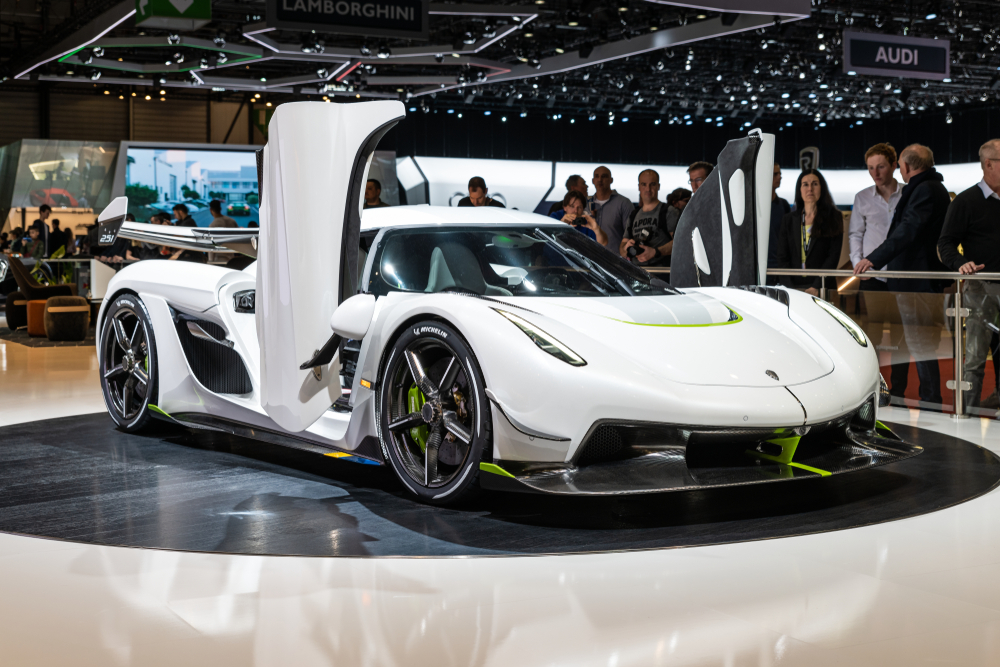
The Koenigsegg Jesko features unique dihedral synchro-helix doors that look incredible but can be difficult to navigate in tight parking spaces. Getting in and out of the low cabin requires agility, making it less convenient for daily use. The low seating position adds to the challenge, especially for taller drivers. While the design emphasizes the car’s exotic nature, it comes at the cost of easy access. It’s a feature more suited for special occasions than everyday driving.
Firm Seats with Limited Adjustability – McLaren 720S

The McLaren 720S features racing-style bucket seats that offer little in the way of adjustability or cushioning. While they provide excellent lateral support during high-speed maneuvers, they can be uncomfortable on long drives. The seats are designed to keep the driver firmly in place, but this means sacrificing plushness and long-term comfort. For regular use, they may cause discomfort, especially for extended journeys. It’s a compromise in the name of performance.
Heat from the Engine Bay – Porsche 911 GT2 RS

In the Porsche 911 GT2 RS, the rear-mounted engine can cause significant heat buildup in the cabin, particularly during intense driving. Despite advanced cooling systems, the proximity of the engine means the cabin can become warm and uncomfortable, especially in hot weather. Drivers may find themselves sweating during spirited drives. This issue is a direct result of the car’s performance-oriented design. It’s a small price to pay for speed, but one that affects comfort.
Limited Infotainment Options – Koenigsegg Agera RS
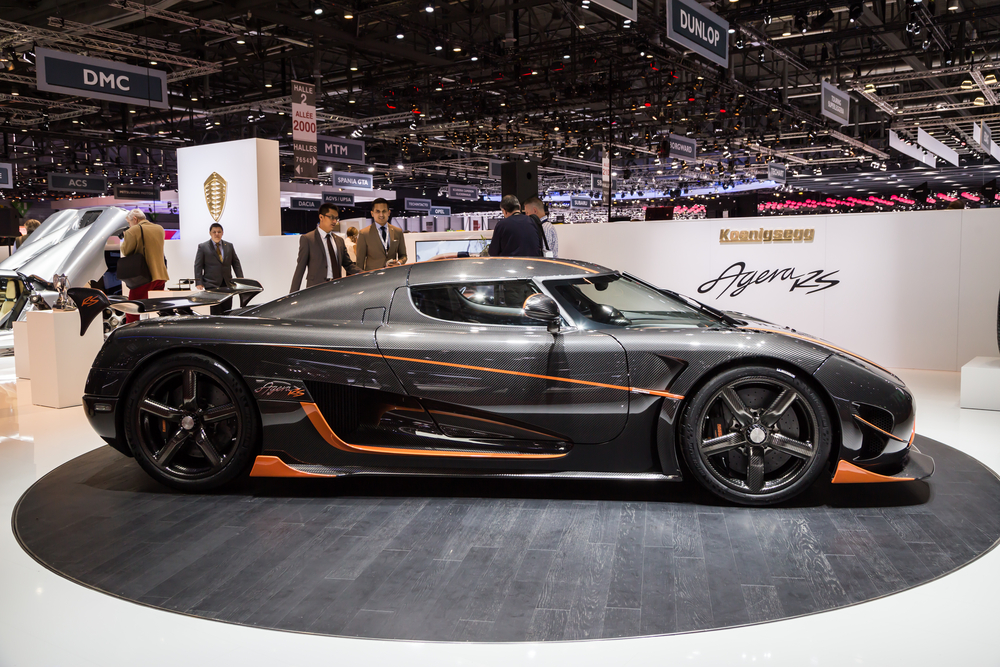
The Koenigsegg Agera RS lacks many of the infotainment features found in modern luxury cars. Its minimalistic dashboard design focuses on reducing weight, leaving little room for touchscreens or advanced audio systems. Drivers are left without the convenience of navigation or entertainment during long drives, which can make trips feel tedious.
Tight Footwells – Ferrari LaFerrari
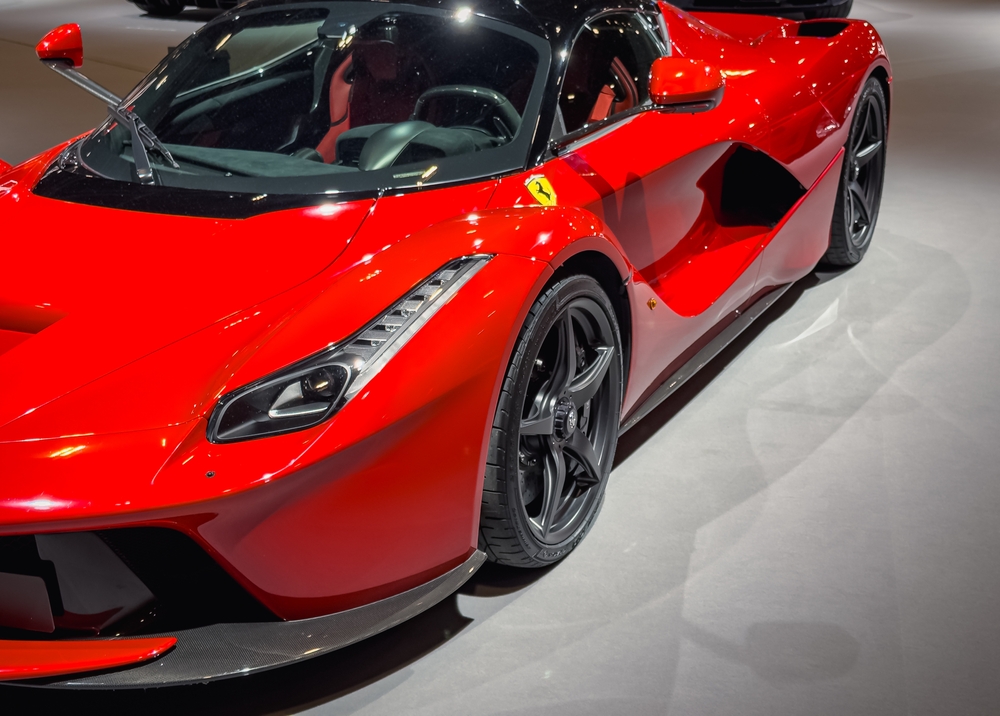
The Ferrari LaFerrari has tight footwells, making it uncomfortable for drivers with larger feet or long legs. The compact design prioritizes a close, controlled driving experience, but leaves little room for movement. Over time, this can lead to discomfort, especially during extended drives. The cramped footwell forces the driver into a fixed position, which might not suit everyone. This is a compromise many drivers face when choosing a hypercar.
Harsh Ride Quality on Regular Roads – Bugatti Veyron

The Bugatti Veyron’s stiff suspension and low-profile tires are perfect for high-speed performance, but they result in a harsh ride on city streets. Small bumps and imperfections in the road are felt intensely, making everyday driving less than pleasant. The focus on speed and agility leaves little room for comfort when driving at normal speeds. This is a common complaint among hypercar owners. The Veyron’s prowess on the track doesn’t translate well to urban settings.
Noisy Transmission – Lamborghini Huracán

The Lamborghini Huracán’s dual-clutch transmission provides quick shifts at high speeds, but at low speeds, it can be noisy and jerky. In stop-and-go traffic, the sharp gear changes and mechanical sounds can become irritating. The transmission is optimized for performance, which compromises its smoothness during normal driving. It’s great for the track but less suited for everyday commutes. The experience is exhilarating but not always refined.
Reduced Visibility – Aston Martin Valkyrie
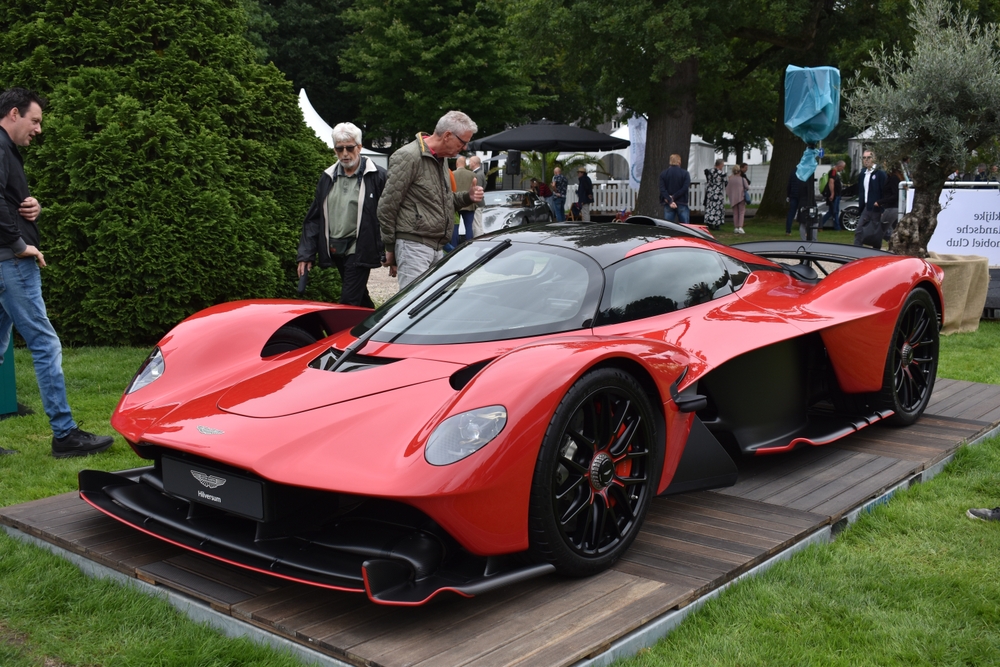
The Aston Martin Valkyrie’s low-slung design and narrow windows create significant blind spots, reducing visibility for the driver. This makes it challenging to navigate in traffic or park in tight spaces. While the sleek, aerodynamic shape improves performance, it sacrifices practicality. Drivers often need to rely on cameras and sensors for basic maneuvers. This design feature enhances speed but detracts from overall ease of use.
High Cabin Temperatures – Ferrari LaFerrari
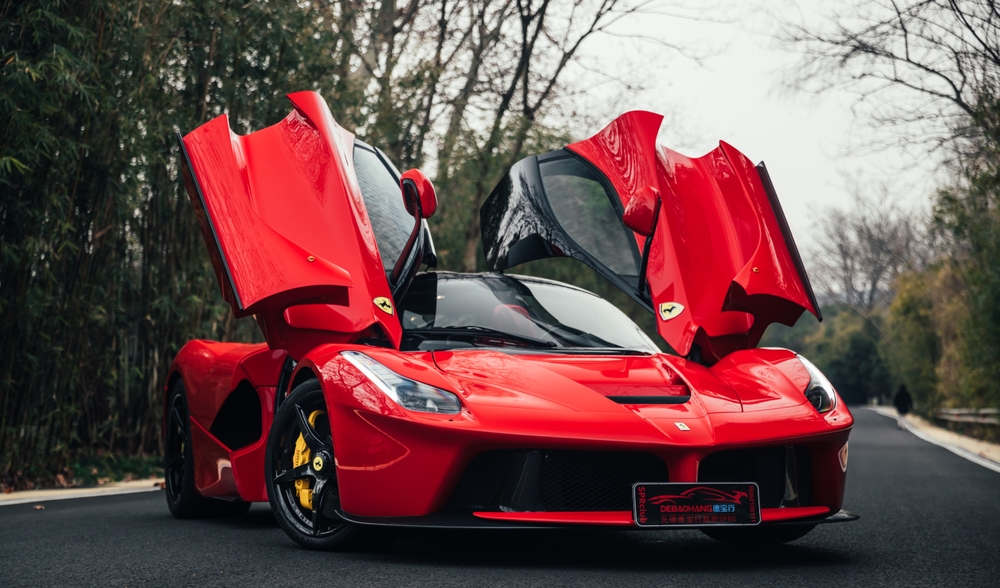
The Ferrari LaFerrari’s hybrid V12 engine generates immense heat, and despite air conditioning, the cabin can become uncomfortably warm. On hot days or during spirited drives, the cooling system struggles to keep up with the engine’s output. Drivers may find themselves sweating behind the wheel, which detracts from the driving experience. This is a known compromise in many high-performance hypercars, where engine power takes precedence over interior comfort.
Lack of Adaptive Driving Modes for Comfort – Koenigsegg Jesko
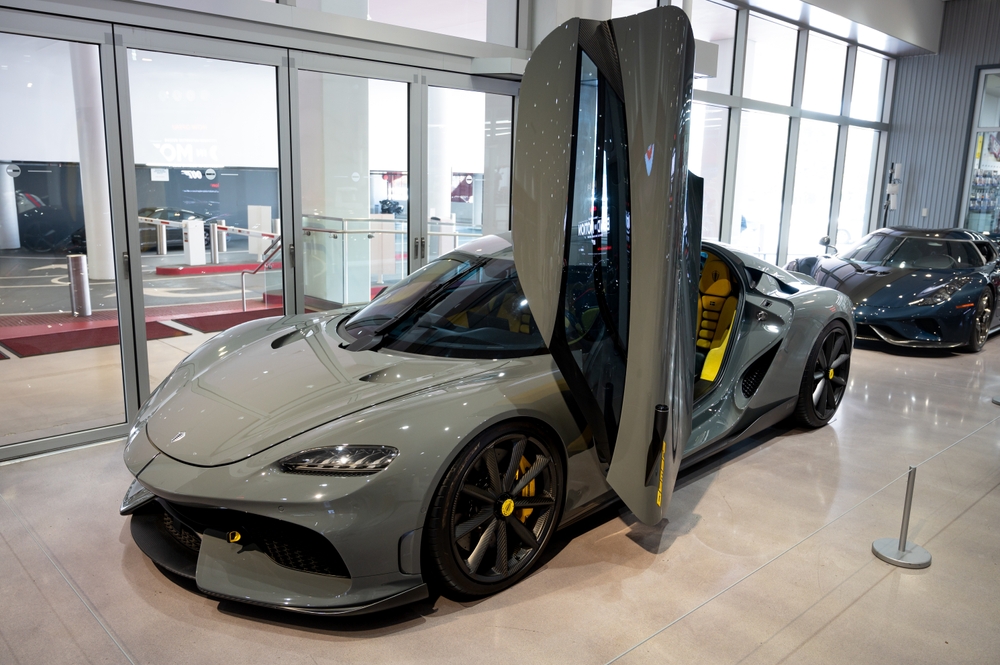
The Koenigsegg Jesko is built for track dominance, which means it lacks adaptive driving modes for comfort. The stiff suspension is always in performance mode, providing little relief on bumpy roads. Drivers seeking a softer ride for daily use will find this limitation frustrating. The Jesko’s focus on precision driving leaves no room for comfort-oriented settings. It’s a clear example of speed taking precedence over versatility.
Manual Climate Controls – Lotus Evija
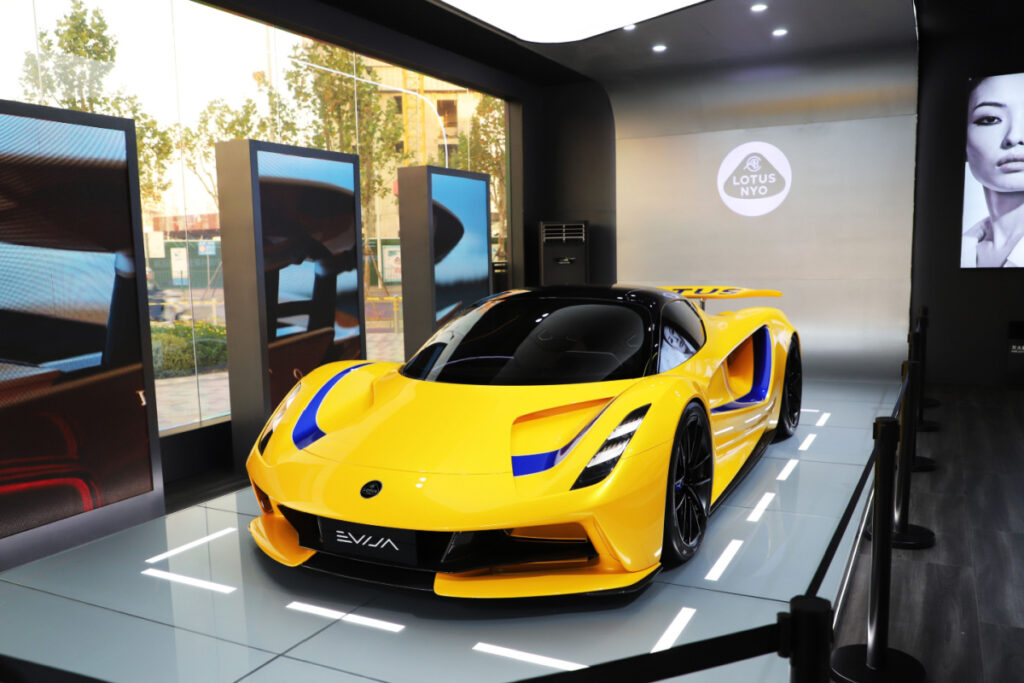
The Lotus Evija, in an effort to keep weight down, features basic manual climate controls instead of automated systems. This requires constant adjustment by the driver to maintain a comfortable cabin temperature, which can become tedious on long drives. The lack of convenience is noticeable in comparison to modern luxury cars. While it contributes to the car’s minimalist design, it detracts from passenger comfort. It’s another instance where simplicity compromises convenience.
This article originally appeared in MyCarMakesNoise.
More from MyCarMakesNoise
20 Drawbacks of Classic Car Ownership You Should Know

Owning a classic car can be a dream come true for many enthusiasts, but it also comes with its own set of challenges. Beyond the charm and nostalgia, there are several disadvantages that prospective owners might not initially consider. Read More.
20 Car Models Automakers Tried to Bury in the Past
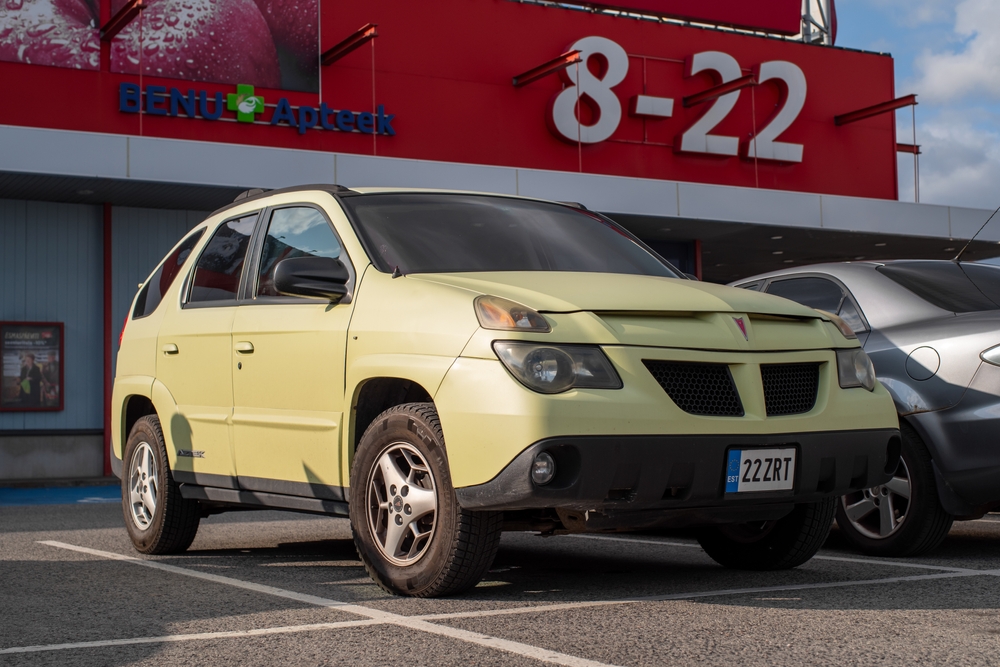
Not all car models achieve success; some are quickly forgotten by the public and even by the manufacturers themselves. These obscure models often represent missteps in design, performance, or market strategy. Read More.
20 Classic 1960s Cars with Sky-High Price Tags

The 1960s produced some of the most iconic and luxurious cars in automotive history. These vehicles, known for their exceptional design, performance, and rarity, come with hefty price tags. Read More.

